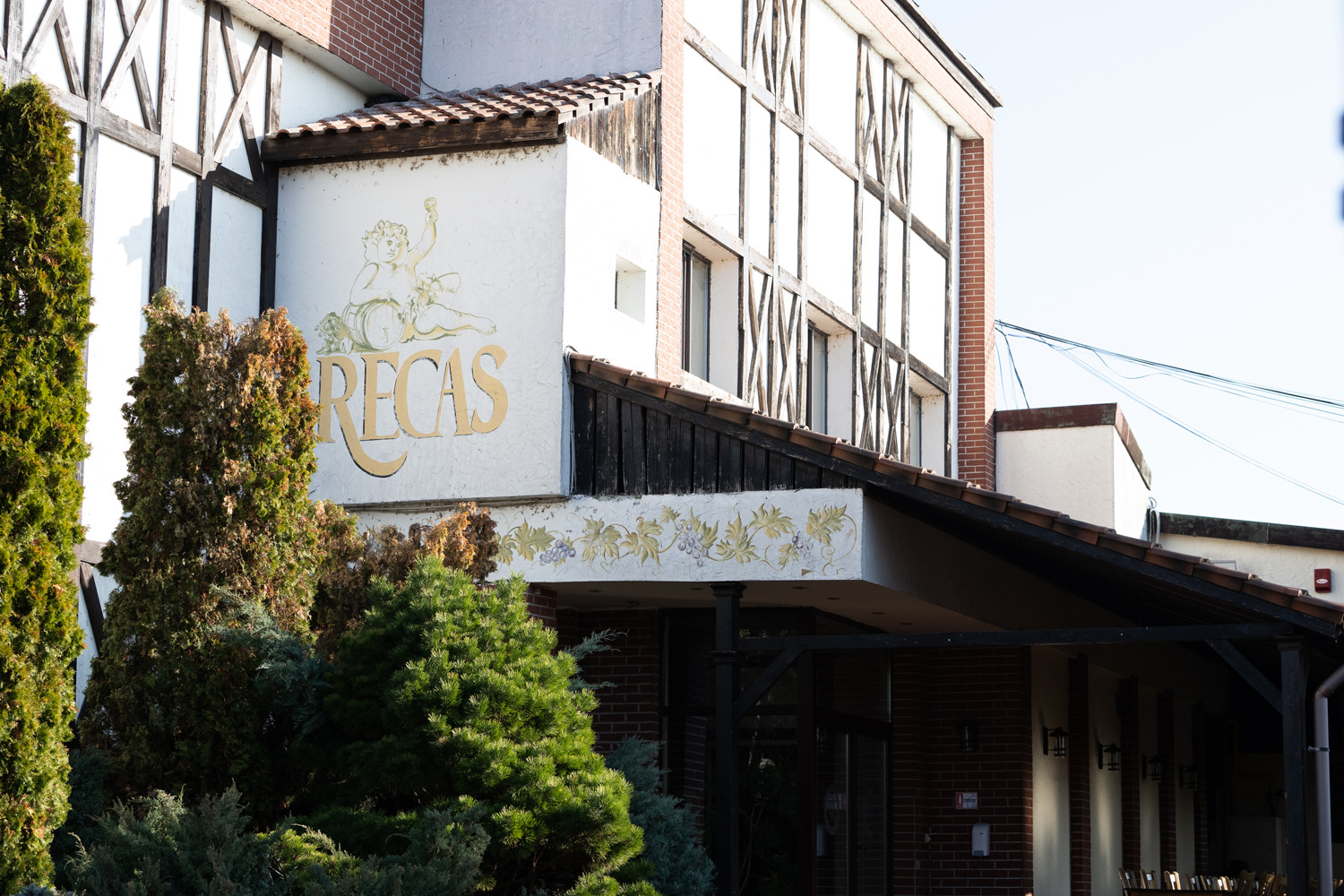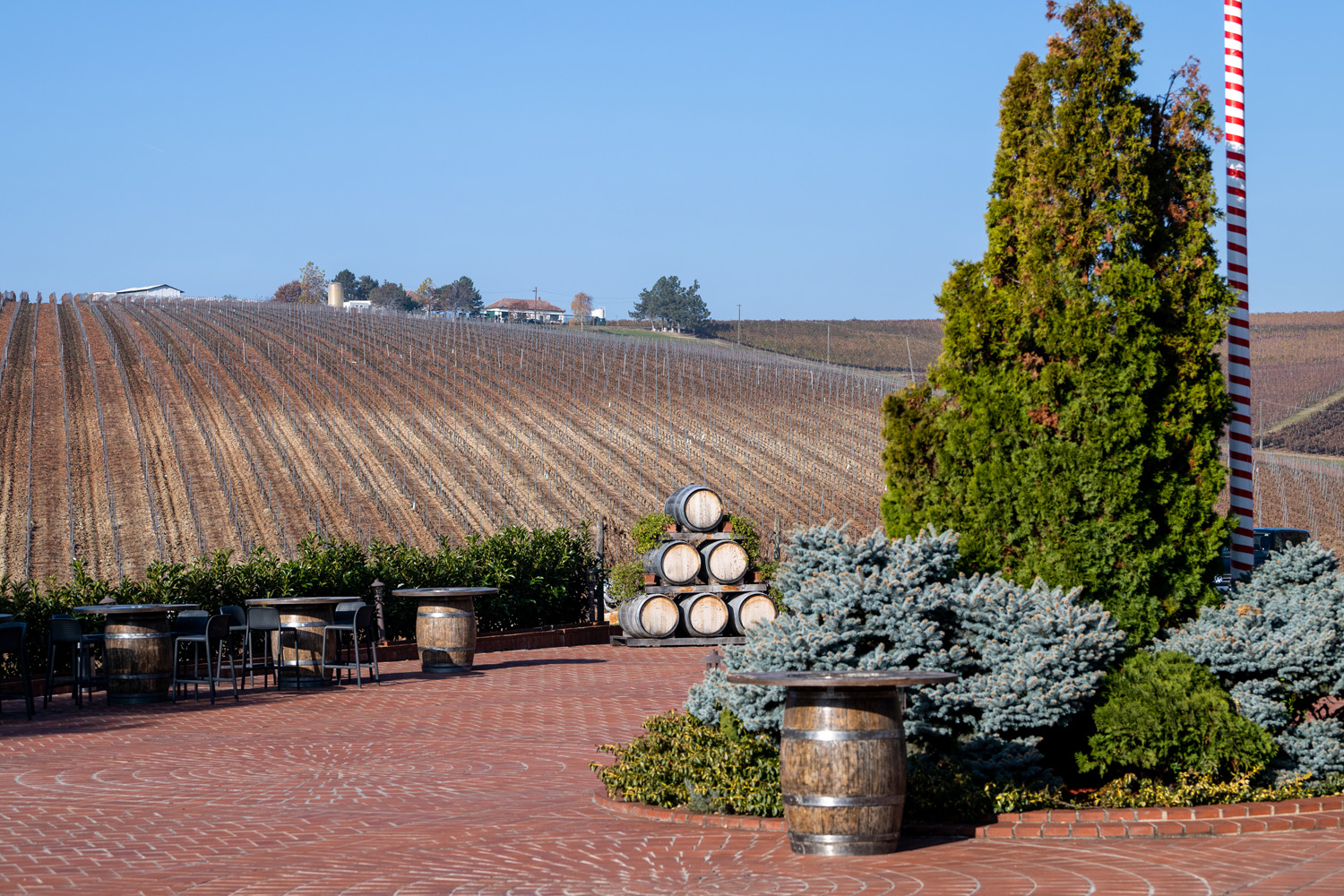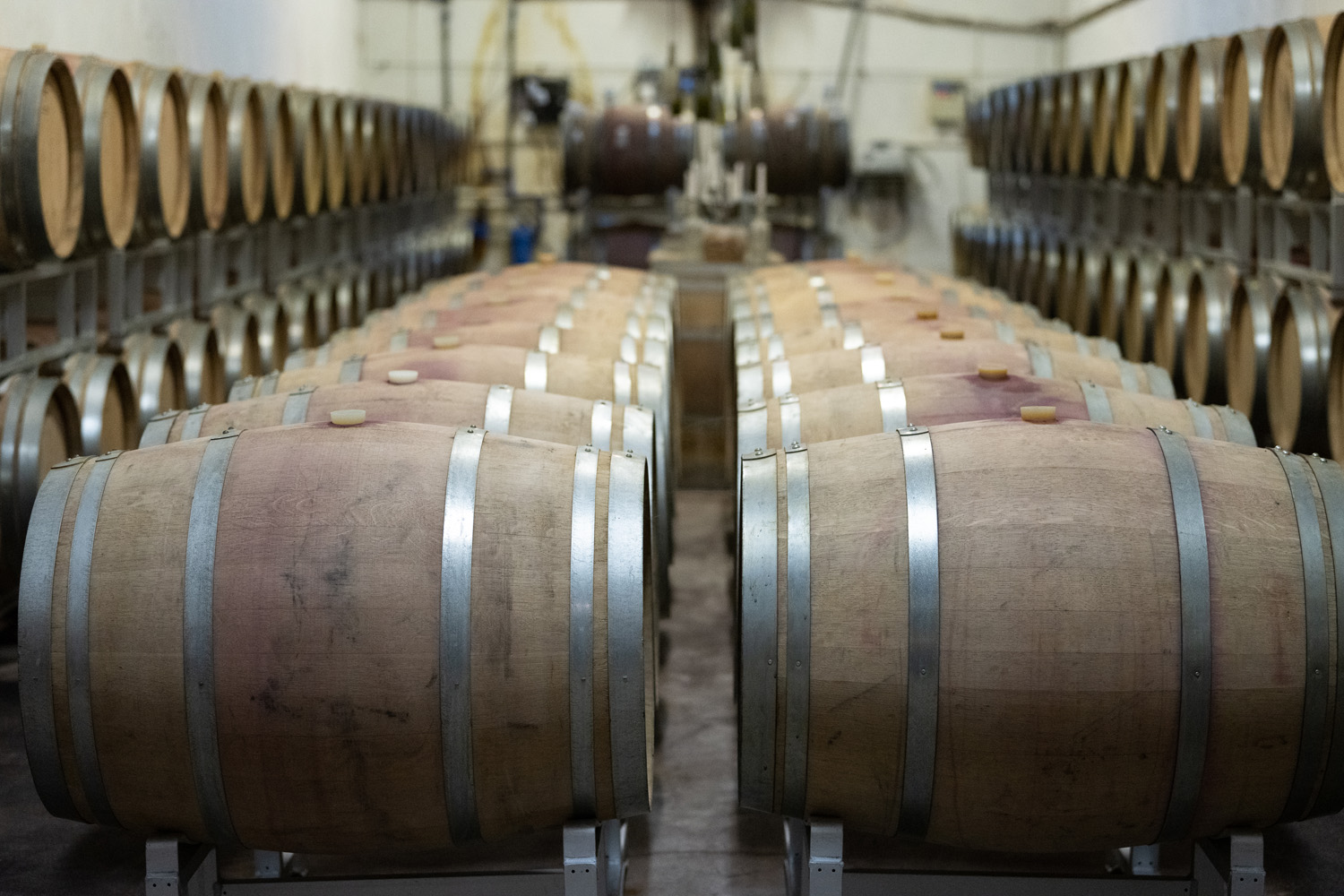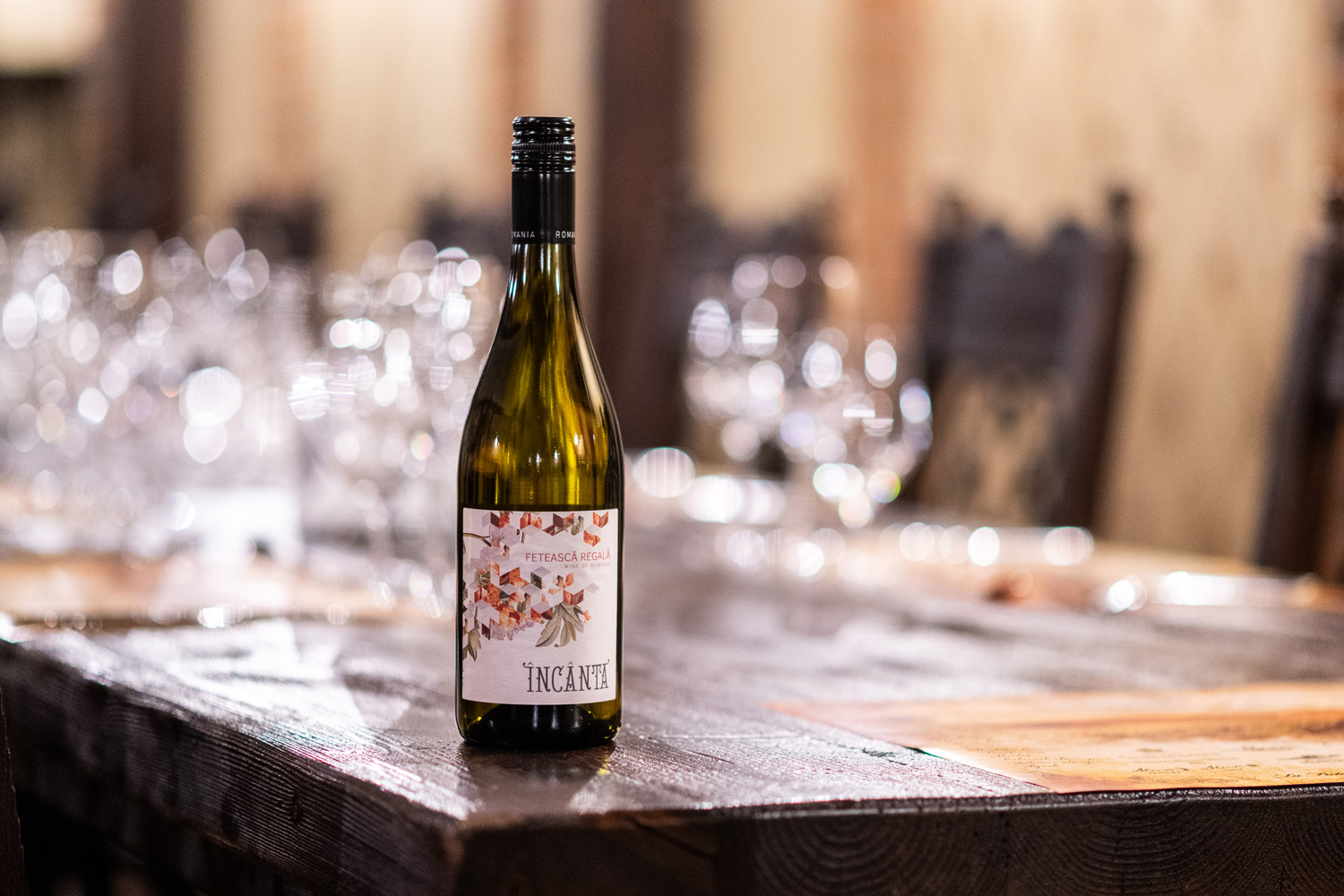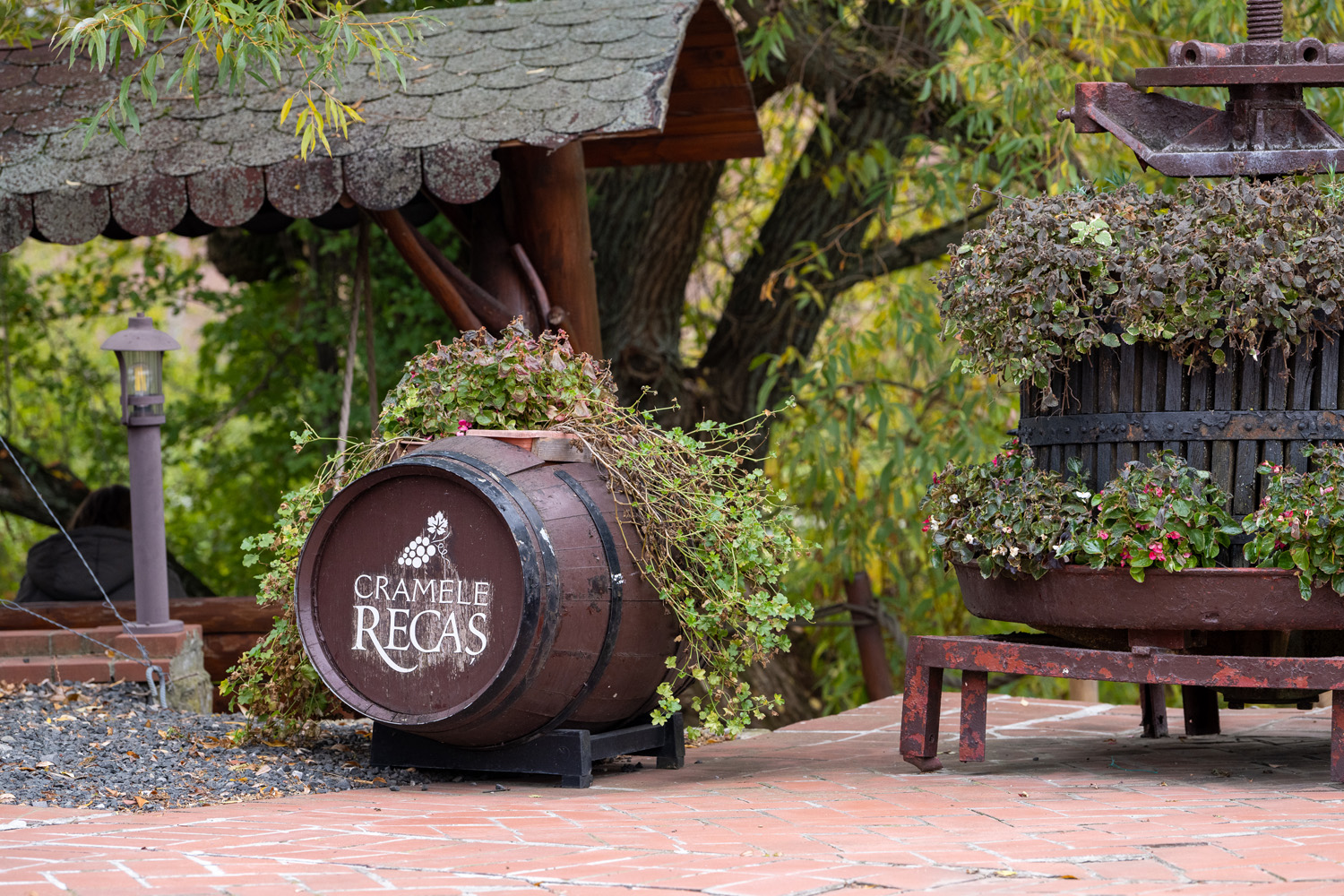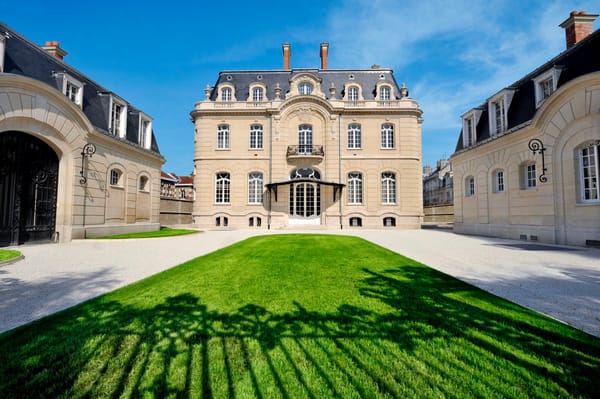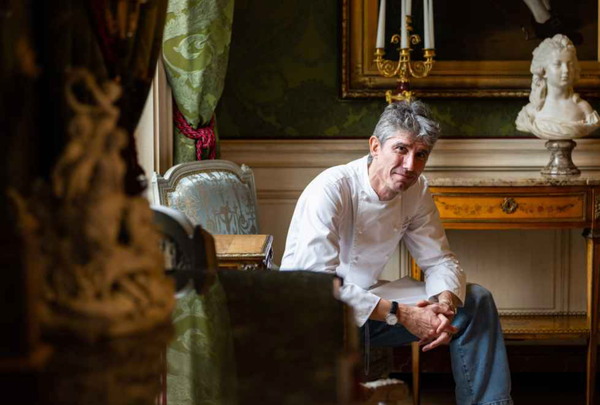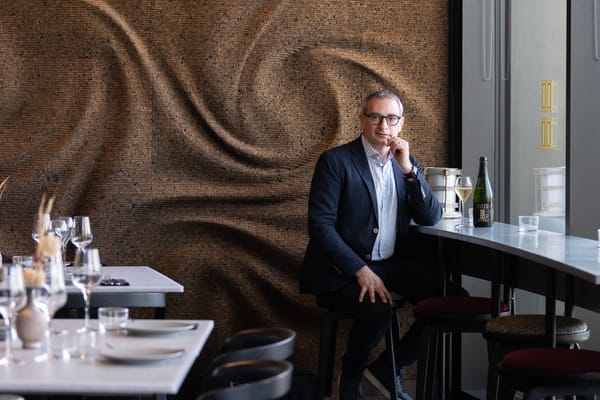Cramele Recaș
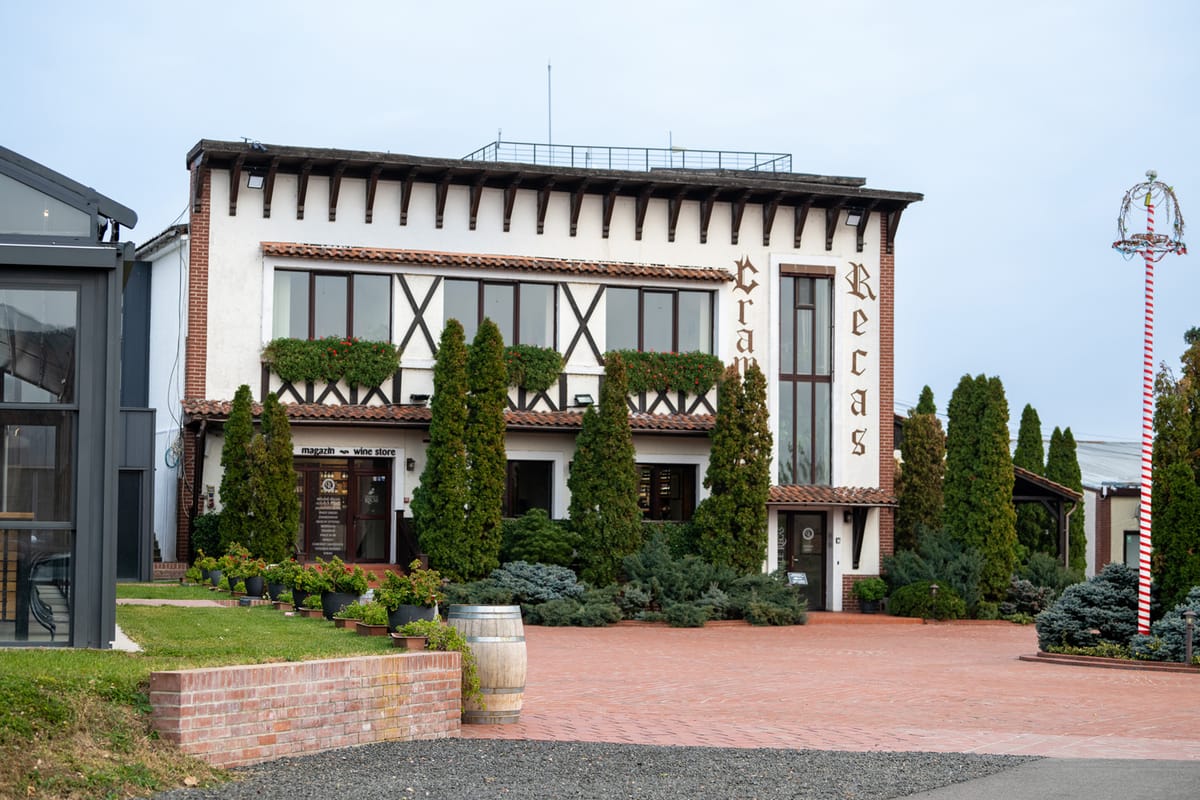
Located in the west of Romania, Cramele Recaș is a reflection of the country’s winemaking heritage and modern ambitions; it’s a place where tradition meets innovation, and where people’s warmth resonates with you. My visit to Cramele Recaș in October was my first visit to Romania. The rolling vineyards, occasionally graced by deer, stretch toward the horizon, and the historic town of Timișoara nearby provided a wonderful blend of old-world charm and vibrant energy and passion.
From the moment I arrived, I was struck by the warmth and hospitality of the people at Cramele Recaș. Philip Cox, the owner, (with his wife Elvira) was full of life, with an approachable charm, sharing stories about the estate and its journey with genuine enthusiasm. He was not afraid to share his opinions with us, an attribute I admire as you gain real insight. His dedication to showcasing Romanian wines on the global stage is both inspiring and needed. Romania is not a country we automatically think of when choosing a wine, but they are readily available in stores such as Waitrose, and totally deserving of purchase.
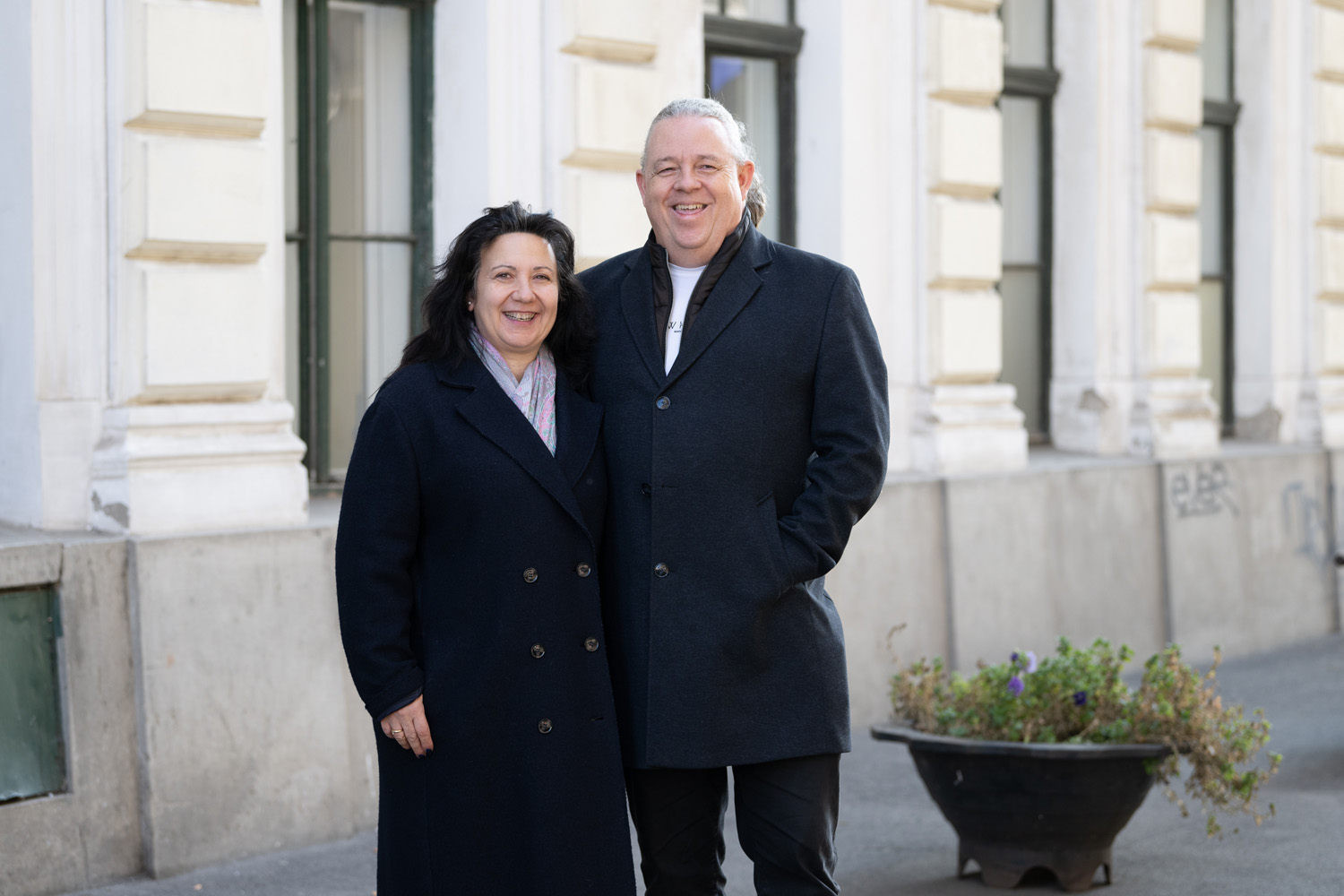
The winery can trace its winemaking roots back to Roman times. Today, the estate manages 1,100 hectares of vineyards with the help of 125 dedicated vineyard workers. Framed by the Carpathian Mountains, this picturesque yet demanding setting endures hot summers, cold winters, and ever-changing market demands, which together shape the character of the wines.
The winery grows 23 grape varieties, seamlessly blending native Romanian grapes like Fetească Neagră and Fetească Regală with internationally recognised ones such as Chardonnay, Cabernet Sauvignon, and Syrah. This approach not only caters to a wide range of palates but also introduces the unique flavours of indigenous varieties to the international market. For me, tasting these native grapes felt like discovering the soul of Romania, a sense of place captured beautifully in each glass.
Cramele Recaș’s commitment to sustainability impressed me. Fields are left fallow for two years after old vines are removed, allowing the soil to rejuvenate. The use of renewable energy, including solar panels that supply 50% of the winery’s electricity, reflects a forward-thinking ethos. Combined with organic farming practices and water conservation efforts, these initiatives underscore the winery’s dedication to environmental stewardship, which is so important.
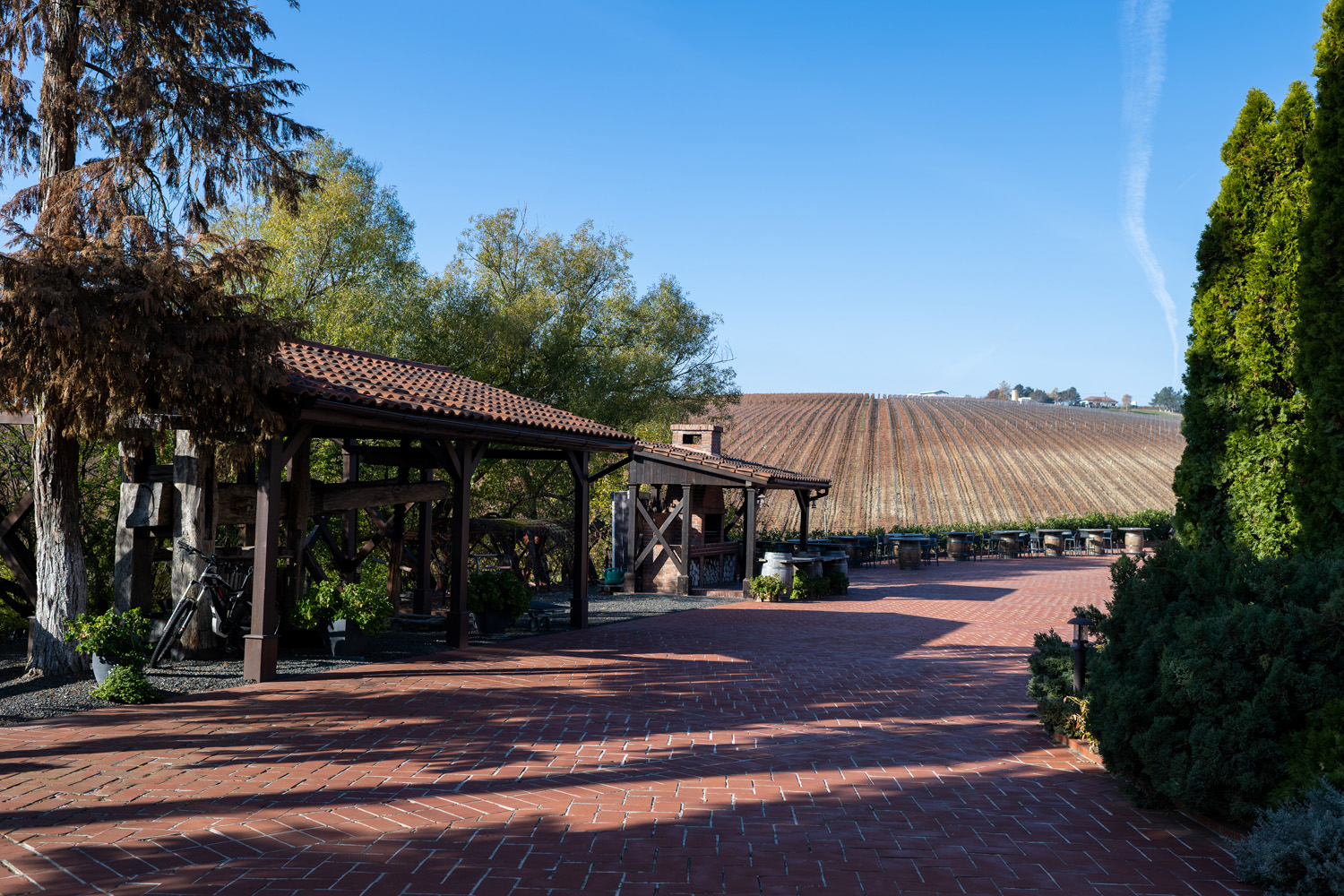
The 2023 growing season highlighted the increasing challenges posed by climate change. With temperatures exceeding 35°C for three months and a year’s worth of rain falling in just two days, the team had to adapt quickly. Despite these extremes, the 2024 vintage, harvested weeks earlier than usual, is already being hailed as the best in a decade. However, the trend toward earlier harvests and higher alcohol levels in grapes presents ongoing challenges in meeting consumer preferences for lower-alcohol wines.
Cramele Recaș’s facilities are unlike anything I have seen before, with rapid expansion to meet the growing global demand for their wines. Phillip invited us to peer through a small door on the way to an enormous warehouse. Instead of a scenic view, we were met with the sight of another equally vast warehouse under construction. With dry humour, Phillip remarked that he had advised everyone to build the warehouse we were visiting with two floors instead of a single storey.
The recent installation of massive tanks, some with a capacity of up to one million litres, allows for wine production on an extraordinary scale while preserving quality. It’s no surprise that additional warehousing became necessary. Approximately 40% of the grapes used are estate-grown, with the remaining 60% sourced from growers across Romania. This approach not only supports the broader Romanian wine industry but also helps mitigate the effects of vintage variation.

What stood out to me is the winery’s ability to cater to diverse markets. Cramele Recaș produces 280 different labels, from entry-level wines to premium bottles with elaborate packaging for Romanian nightclubs. During my visit, I learned that many of these wines are sold under supermarket own brands. If you’ve tasted a Romanian wine before, there’s a strong chance it originated here. This reach became personal for me when I realised a Merlot I’d enjoyed a week earlier was, in fact, a Cramele Recaș bottle.
Consumer feedback drives continuous innovation at Cramele Recaș. For instance, rosé wines are evolving toward lighter, Provençal-inspired styles to meet market preferences. Similarly, challenges around labeling - such as the unfamiliarity of native grape names, are being addressed with a focus on branding and storytelling to encourage exploration.
Supermarket partnerships, though significant for sales, require careful negotiation due to tight margins, particularly in the UK, where high wine duties pose additional challenges. Domestically, Cramele Recaș has built strong connections with Romanian consumers, selling its wines in 160 specialist shops across the country.
During my visit, I had the pleasure of tasting around 30 wines, each offering a unique perspective on the region’s potential. Among the highlights were
Incanta Chardonnay (£9.99, Majestic)
Fetele Fetească Regală (£11, Corney & Barrow)
Sorcova Fetească Regală (£8.99, Waitrose)
Wildflower Cuvée Blanc (£13.99, Adnams)
Orange Natural Wine (£10.99, Adnams)
The Orange Natural Wine stood out as particularly exceptional, showcasing vibrant character and remarkable depth of flavour. I also loved the Fetească Regală, which is believed to have been discovered in the 1920s in Transylvania, specifically in the village of Daneș. It is a natural cross between Fetească Albă and Grasă de Cotnari, both native Romanian varieties.
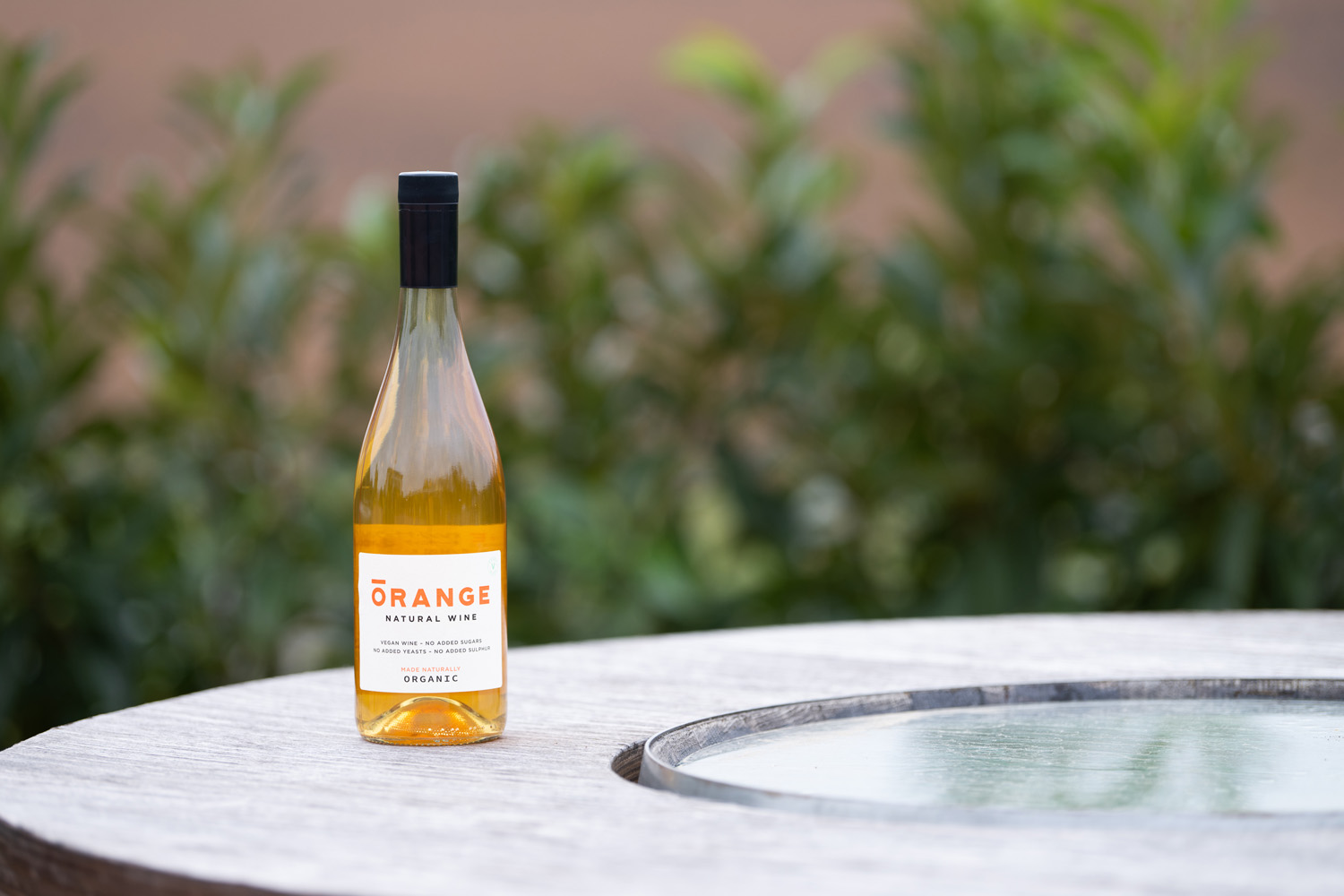
These wines, priced so affordably, offer an excellent opportunity to explore something new. It’s impressive how they deliver such quality at a fraction of the cost of comparable wines from France, Italy, or Spain. This is not due to cost cutting, far from it, but less expensive land, labour costs and economies of scale. It is something we can all take advantage of. Why not surprise your guests with a bottle the next time you are entertaining?
My visit to Cramele Recaș was as much about the people as it was about the wines. The warmth and hospitality I encountered made the experience unforgettable. The historic town of Timișoara, with its stunning architecture and inviting atmosphere, added another layer of charm - though it took me two attempts to find it.
As a food and wine writer, maintaining my weight is essential, which means regular exercise. Setting off at 6:30 a.m. for a morning run, I followed my instincts toward where I thought the old town would be, only to discover I was wrong. Had I turned right out of my hotel instead of left, I would have found it just 150 metres away. Despite the detour, I enjoyed the run, discovered the river, and saw a part of the city I wouldn’t have otherwise.
Whether you’re drawn by the diversity of native grapes, the appeal of sustainable practices, or simply the desire to try something new, I encourage you to explore these wines. They offer not just flavours but stories - stories of place, people, and passion.
Follow Cramele Recaș’s on Instagram
